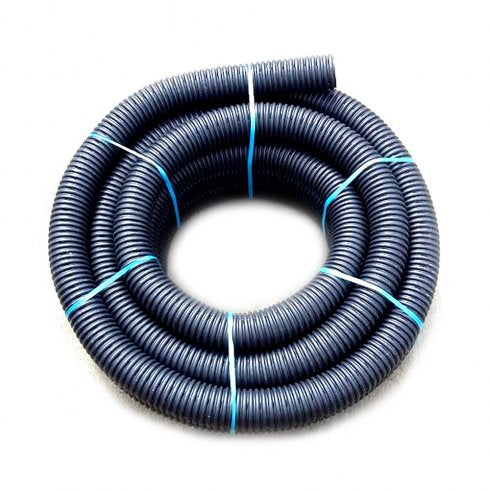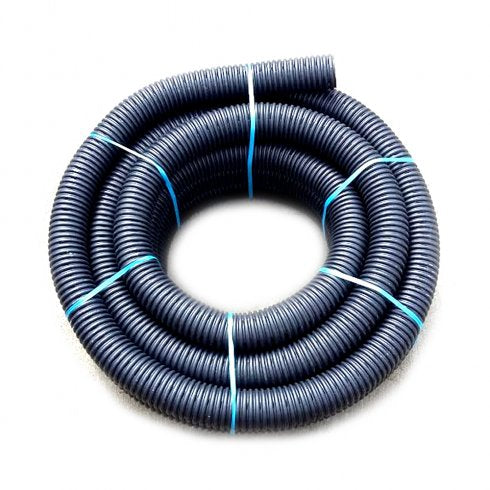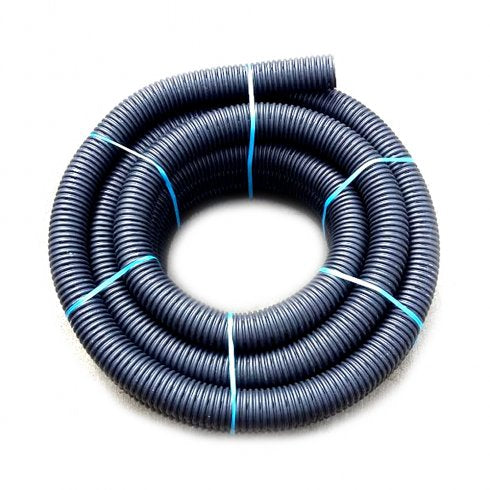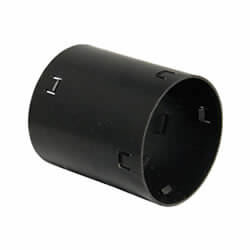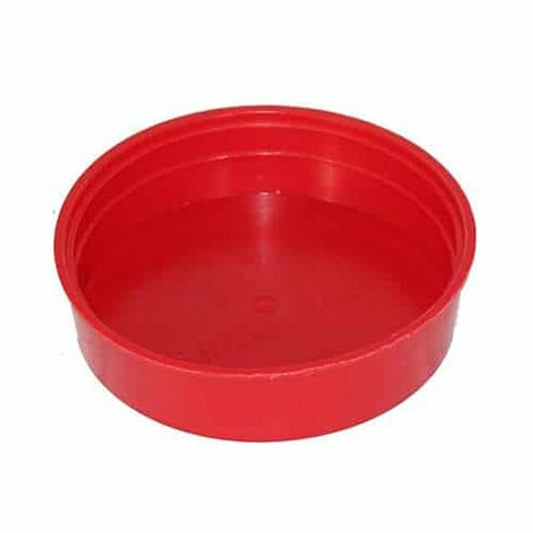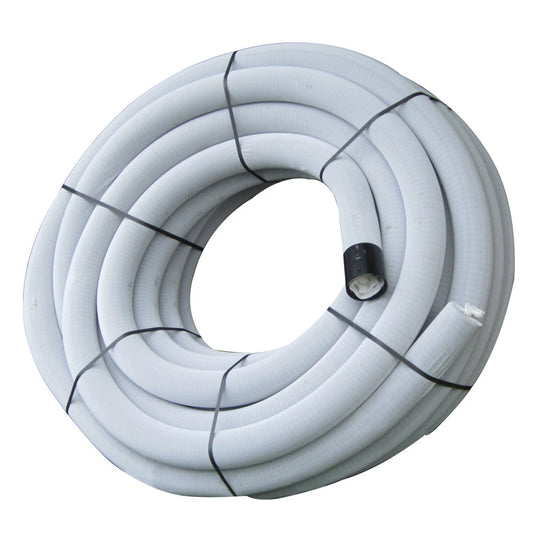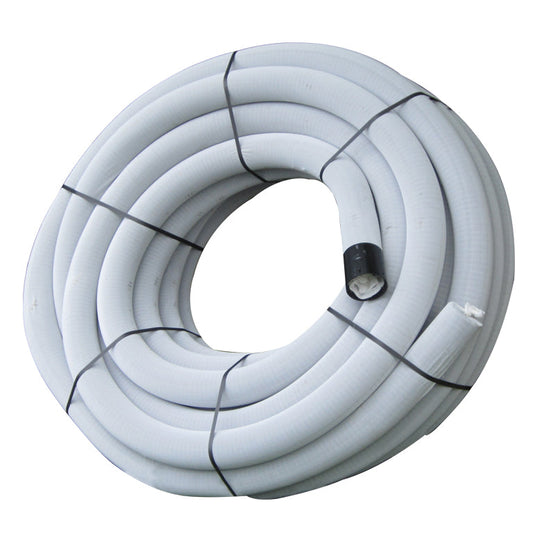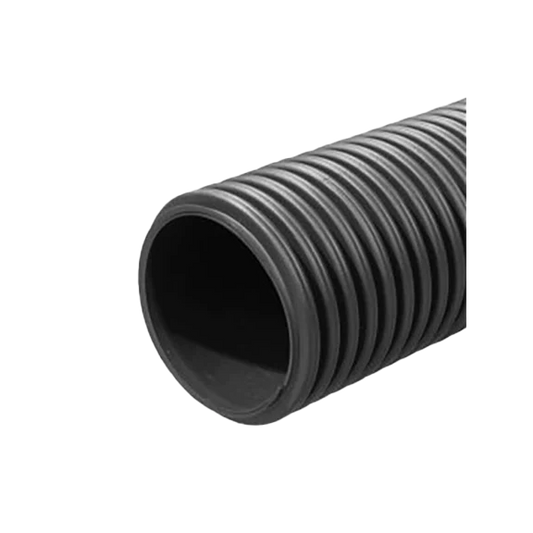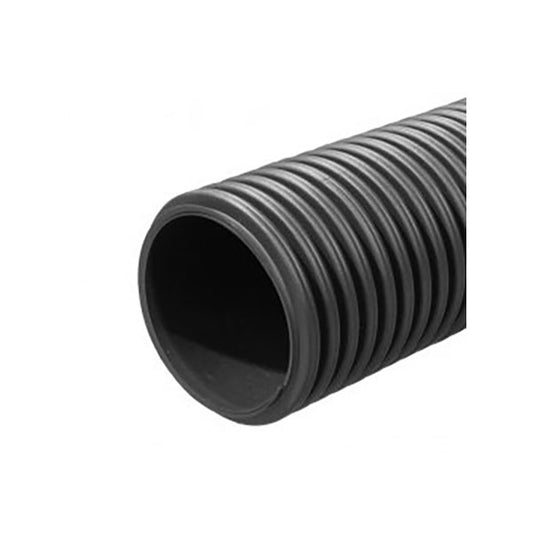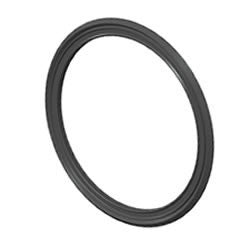With the UK’s agricultural sector committed to achieving net zero emissions by 2040, there’s growing interest in carbon farming — and how land drainage plays a crucial role in reaching environmental sustainability goals.
Contents
What Is Carbon Farming?
Carbon farming is a whole-farm approach designed to increase carbon capture on working landscapes. It involves implementing practices that enhance how efficiently greenhouse gases are absorbed from the atmosphere and stored in soils, crops, and vegetation.
Common carbon farming practices include:
- Returning leftover biomass to the soil as mulch rather than burning or removing it
- Adopting conservation or no-till farming techniques
- Growing cover crops during off-seasons
- Integrating nutrient management and precision manure applications
- Combining livestock and trees within mixed-use systems
- Using drip or sub-irrigation instead of flood irrigation
- Replacing chemical pesticides with integrated pest management
- Restoring degraded soils and marginal land to natural habitats
How Land Drainage Helps Farmers Meet Net Zero Targets
As climate change causes more frequent and intense rainfall, having an effective drainage system is becoming increasingly important. Many systems installed during the 1970s, when Government grants were available, are now nearing the end of their lifespan — leading to reduced performance and yield loss.
Land drainage also supports the reduction of greenhouse gas emissions. Wet mineral soils produce more nitrous oxide (N₂O) than drier soils — and N₂O is nearly 300 times more potent than carbon dioxide as a warming gas, while also contributing to ozone layer depletion.
However, drainage suitability depends on soil type. Peaty or organic soils should not be drained as doing so accelerates oxidation and releases stored carbon. It’s also vital to consider local ecosystems, as drainage can impact wildlife habitats.
What to Consider Before Installing Drainage
Before investing in new land drainage systems, farmers should:
- Assess soil type and land history — identify whether it’s mineral or organic soil
- Research existing drainage maps or locate historical outfalls
- Identify wet areas that may have developed into wildlife habitats
- Ensure drainage is both environmentally and economically appropriate
Where to Get Quality Drainage Products
Cotterill Civils is one of the UK’s leading suppliers of high-quality land drainage products, including:
All of our drainage products are backed by the UK’s longest guarantees, and our experienced specialists can provide tailored advice for your land type and sustainability goals.
For expert help and advice on land drainage, call us on 0121 351 3230.
Alternatively, fill out our enquiry form:
* Sources: G. Myhre et al. (2013), IPCC; A.R. Ravishankara et al. (2009), Science.






